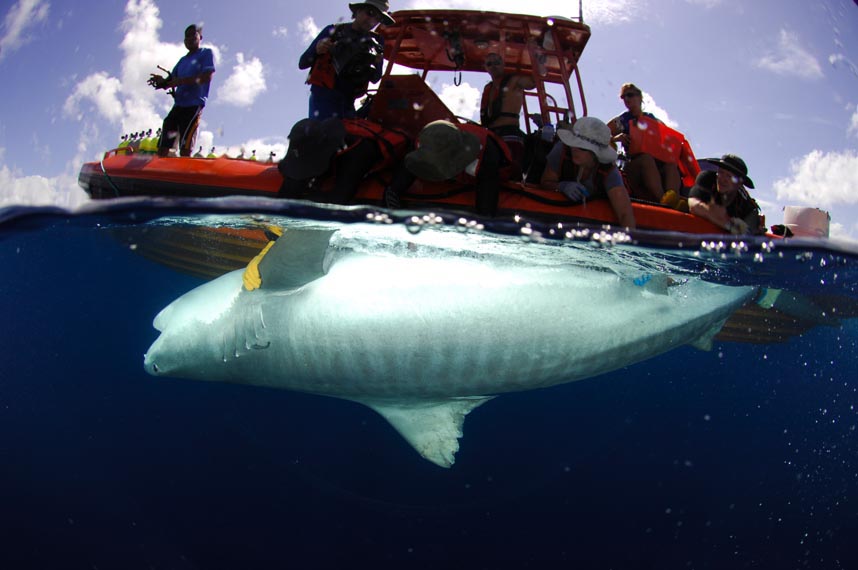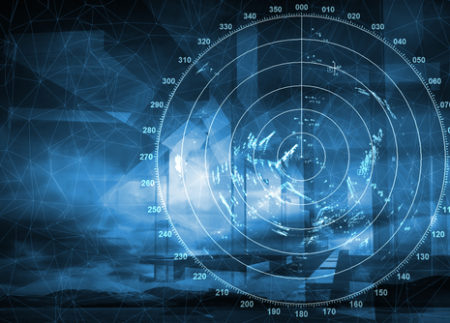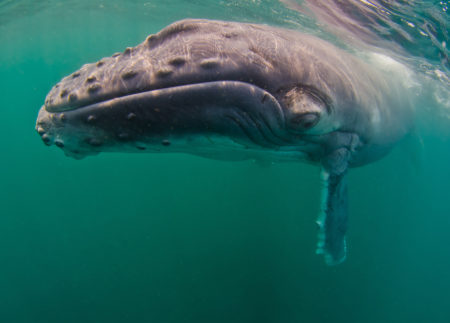KEY QUESTIONS
- Can changes be made in tags or attachment methods that will improve our ability to measure the effects of E&P industry sound on animals?

SUMMARY
Industry cannot get adequate data on behavioural and physiological responses to sound because of limits in the instruments now available. Tag attachment problems prevent the study of some species, and reduce instrument deployment times in others. The need to retrieve instruments to collect stored data is one limitation, and stripping data of details so it can be sent by radio link is another. Sensors do not exist for measuring many aspects of animal behaviour and physiology. To determine what actions industry can take to reduce these and other limitations, a workshop was held involving industry, academic researchers, and instrument manufacturers.
Objectives and methods
The objective of this project was to get the recommendation of experts on actions the JIP should take to improve the data it collects, especially data on dose-response relationships in behaviour and physiology, and the biological significance of these responses. Improving instruments is the only way industry can obtain the data it needs to write definitive risk assessments. A workshop was held involving 45 instrument manufacturers and the researchers that use these instruments. Oral presentations were given on different problems, break-out groups discussed the problems in detail, and a synthesis report was written.
Scientific results
The workshop recommended six actions the JIP could take;
- improve instrument battery power,
- increase the volume of data collected, especially in passive acoustics,
- foster collaboration between researchers and instrument makers,
- improve instrument attachment methods,
- improve data communication, recovery or retrieval, and
- develop sensors that relate behaviour and physiology to important life functions (feeding, etc.)
Implications to industry
Table 1 in the report lists the variables industry needs to measure (TTS, etc.), the feasibility of developing ways to measure them, and the priority that such development should have for industry.
Future research
No further effort is needed to identify instrument improvements. These are not likely to change in the near future. The unanswered question is whether industry will fund the research this report recommends, and thereby start improving the instruments it relies on?
Other research
Oregon State University’s project to improve Time-Depth recorders by including a GPS receiver.
Next steps
Institution(s)/PI(s)
SMRU, St Andrews, Scotland


